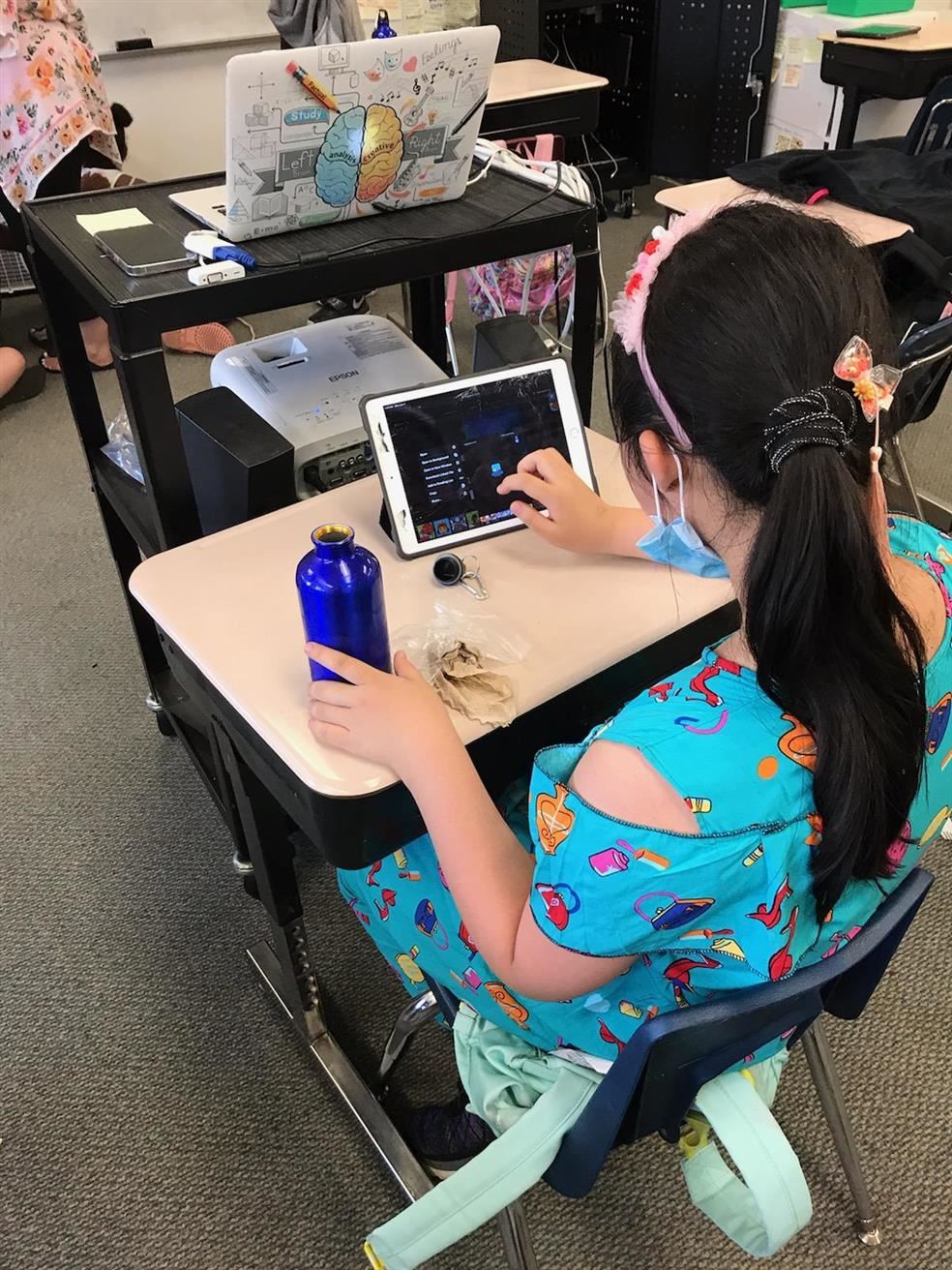
-
Minnesota State Standards
From the Minnesota Department of Education's website https://education.mn.gov/mde/fam/stds/:
The Minnesota K-12 Academic Standards define expectations for the educational achievement of public school students across the state in grades K-12. The standards and benchmarks are important because they: 1) identify the knowledge and skills that all students must achieve by the end of a grade level or grade band; 2) help define the course credit requirements for graduation; and, 3) serve as a guide for the local adoption and design of curricula. Student mastery of the standards is measured through state and local assessments.
State standards are in place for English language arts, mathematics, science, social studies and physical education. State standards also are available in the arts, or districts may choose to develop their own. Local standards must be developed by districts for health, world languages, and career and technical education.
-
Standards-based Progress Reports
In Saint Paul Public Schools we provide Progress Reports to families three times a year. The Progress Reports are based on the Minnesota State Standards.
The purpose of standards-based progress reporting is to let parents and students know how the student is doing on concrete learning goals, and to encourage students to improve. All students are evaluated on the same key skills, creating more consistency in course content. With a single letter grade, it is harder for parents to tell which skills their children have mastered or to understand what students are expected to learn.
Information in Support of Progress Reports - Standards
Please see the documents below for Grade Level Standards at Four Seasons A+ Elementary School
- Kindergarten - English
- 1st Grade - English
- 2nd Grade - English
- 3rd Grade - English
- 4th Grade - English
- 5th Grade - English
- Hmong - Information in Support of Progress Reports
- Karen - Information in Support of Progress Reports
- Somali - Information in Support of Progress Reports
- Spanish - Information in Support of Progress Reports
Assessments & Instruction
-
At Four Seasons A+ Elementary School, and throughout SPPS, we use a variety of assessments to measure each student’s academic growth. When you hear the word “assessment,” you may think about standardized tests like the MCA (Minnesota Comprehensive Assessment). MCAs are one method of measuring reading and math skills for our 3rd, 4th, and 5th graders. These tests are given in the spring (April/May). The test results are not fully available until late summer. Because of that timing, MCA scores are often used to look at overall trends, but do not play a large role in guiding instruction.
Other assessments are given at multiple times during the school year and are more helpful in planning differentiated instruction. These assessments include FAST, benchmarking, and unit/quarterly assessments in math. FAST is given three times each year (fall, winter, and spring) and measures each student’s knowledge/understanding of literacy skills such as letter names and sounds, decoding of words, vocabulary, and comprehension. Teachers also use a reading benchmark assessment (benchmarking) to determine each student’s reading level. This information is used to help students pick books at the appropriate reading level (not too hard or too easy), and to create guided reading groups. In math, teachers assess learning at the end of each unit or quarter. Based on this information, teachers know what students have learned and what needs to be reviewed or re-taught.
In addition to MCAs, FAST, benchmarking, and Math unit/quarterly assessments, our Multilingual Learners (MLL) take the ACCESS test, which measures their progress in reading, speaking, listening, and writing. The proficiency levels determined by this assessment are used by teachers to help plan instruction and support for students. ACCESS performance also determines when students exit the MLL program.
At fall and spring conferences, ask your child’s teacher about recent assessments and how your child has grown academically during the school year.






